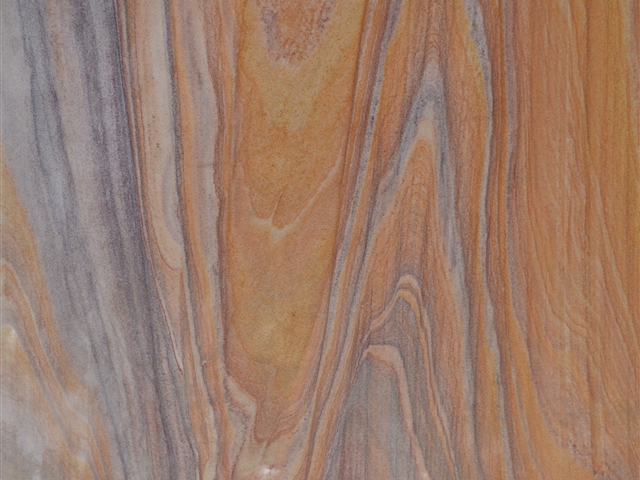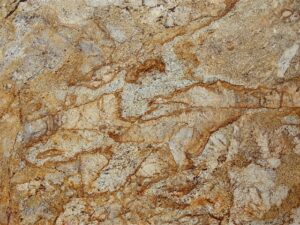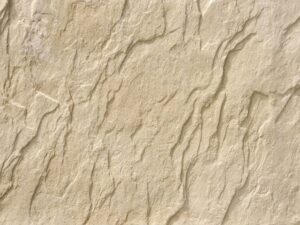Introduction
Indian sandstone has long been revered for its durability, versatility, and aesthetic appeal. Its unique color variations and natural texture make it a preferred choice for architects and builders around the world. In this blog post, Madhusudan Marbles will explore some of the iconic public buildings that showcase the enduring charm of Indian sandstone.
Rashtrapati Bhavan (Presidential Palace), India
The Rashtrapati Bhavan in New Delhi, India, is one of the most notable examples of Indian sandstone in architecture. Built during the British Raj, this grand edifice showcases a harmonious blend of Indo-Saracenic and classical architectural styles. The sandstone used in its construction, known as Dholpur stone, adds to the magnificence of the structure. Its warm hues and intricate carvings create an inviting and regal ambiance.
Red Fort, India
The Red Fort, also located in Delhi, is an iconic UNESCO World Heritage Site and a magnificent testament to Mughal architecture. Constructed using the red sandstone sourced from the regions of Rajasthan, the fort exemplifies the strength and beauty of Indian sandstone. The intricate lattice work, delicate motifs, and majestic archways found within the fort’s walls showcase the craftsmanship that has made Indian sandstone a sought-after material for centuries.
Victoria Memorial, India
Located in Kolkata, the Victoria Memorial is an architectural masterpiece dedicated to Queen Victoria. This stunning white-marble structure, adorned with intricate sculptures and domes, is surrounded by lush gardens. The sandstone used in its construction, often referred to as Kota stone, adds an element of grandeur to the memorial. The durability and elegance of Indian sandstone make it an ideal choice for such iconic landmarks.
Taj Mahal, India
No list of public buildings made with Indian sandstone would be complete without mentioning the Taj Mahal. This UNESCO World Heritage Site in Agra is considered one of the Seven Wonders of the World. The ivory-white marble facade of the Taj Mahal is embellished with intricate floral patterns and calligraphy, crafted using red sandstone from the region. The rich colors and fine details of the Indian sandstone enhance the ethereal beauty of this architectural marvel.
City Palace, India
The City Palace in Jaipur, Rajasthan, is a remarkable blend of Rajput, Mughal, and European architectural styles. The palace complex is constructed using a variety of stones, including Indian sandstone. The delicate carvings, majestic gateways, and ornate balconies highlight the versatility and allure of Indian sandstone. Visitors are captivated by the vibrant hues and intricate patterns found throughout the palace.
United Nations Headquarters, USA
Even beyond Indian shores, Indian sandstone has left its mark on prominent public buildings. The United Nations Headquarters in New York City features an impressive facade constructed using Jodhpur sandstone from India. The durability of this stone allows the building to withstand the test of time while exuding elegance and sophistication.
Conclusion
Indian sandstone continues to be a favored choice for architects and builders when it comes to public buildings. Its natural beauty, durability, and versatility have made it a timeless material in the construction industry. The Rashtrapati Bhavan, Red Fort, Victoria Memorial, Taj Mahal, City Palace, and the United Nations Headquarters are just a few examples of the many iconic structures that showcase the enduring charm of Indian sandstone.
As trusted Indian Sandstone Exporters, Madhusudan Marbles takes immense pride in supplying varieties of Indian Sandstone across various countries worldwide which always make people remember about the beauty and exquisiteness of this versatile stone.





